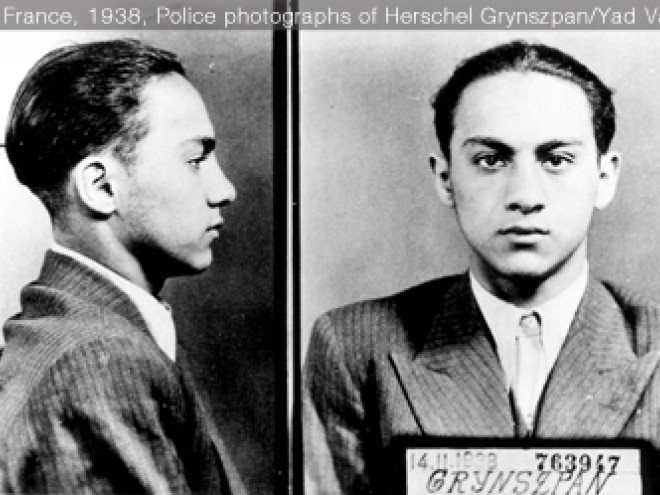By
– November 1, 2011
The Grand Mosque of Paris is the story of the Muslim community of Paris during the Nazi occupation of World War II and their efforts to rescue Jews. The mosque constructed in 1926 had space for a community center, library, restaurant, clinic and apartments for the functionaries. It was built upon a labyrinth of subterranean tunnels and rooms, areas that had been excavated for building stones for the city of Paris. These underground passages and catacombs served as hiding places and escape routes for those hunted by the French police and Gestapo. The rescue and escape of Jews was under the leadership of the Rector, Si Kaddour Benghabrit, a sophisticated Algerianborn diplomat, who was considered the most powerful Muslim in France at the time. The clerics provided sanctuary, certificates of Muslim identity and safe passage for those who sought their help. This well written, concise history is enhanced by the beautiful double page oil paintings, which are most effective in conveying setting and mood. There is no personal narrative although this historical story has all the elements for a compelling novel as evidenced by the few examples given. It is noted that at least 100 Jews, downed Allied airmen, Resistance fighters and escaped prisoners of war, were also spirited to safety. These righteous saviors deserve to be honored and their deeds told. This book is appropriate for elementary school students who are studying WWII and/or the Holocaust, but would also interest older students and adults. An afterword, glossary and extensive bibliography is very informative and sheds light upon this important and little known story of the Holocaust. For ages 10 and up.
Naomi Kramer is a retired reading consultant teacher who developed curriculum for using literature to educate children and adults in the history of the Holocaust. She is a docent and educator at the Holocaust Memorial and Tolerance Education Center of Nassau County.





